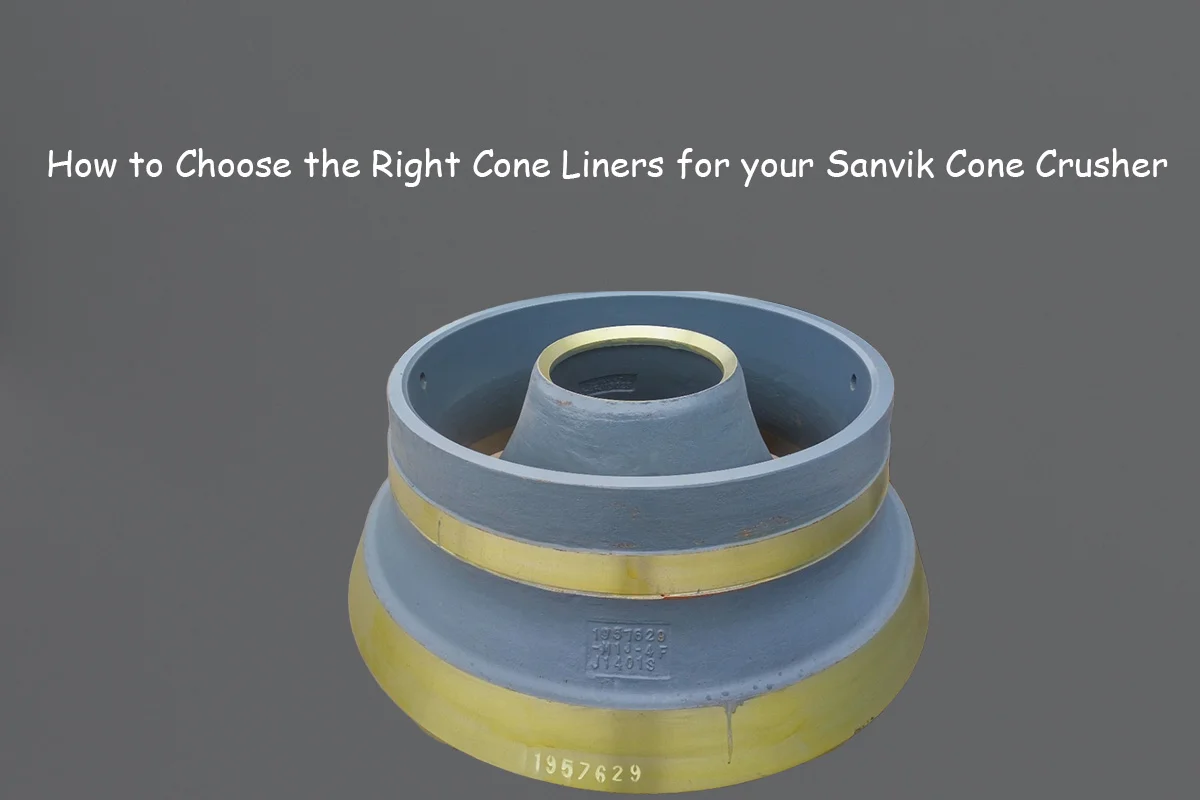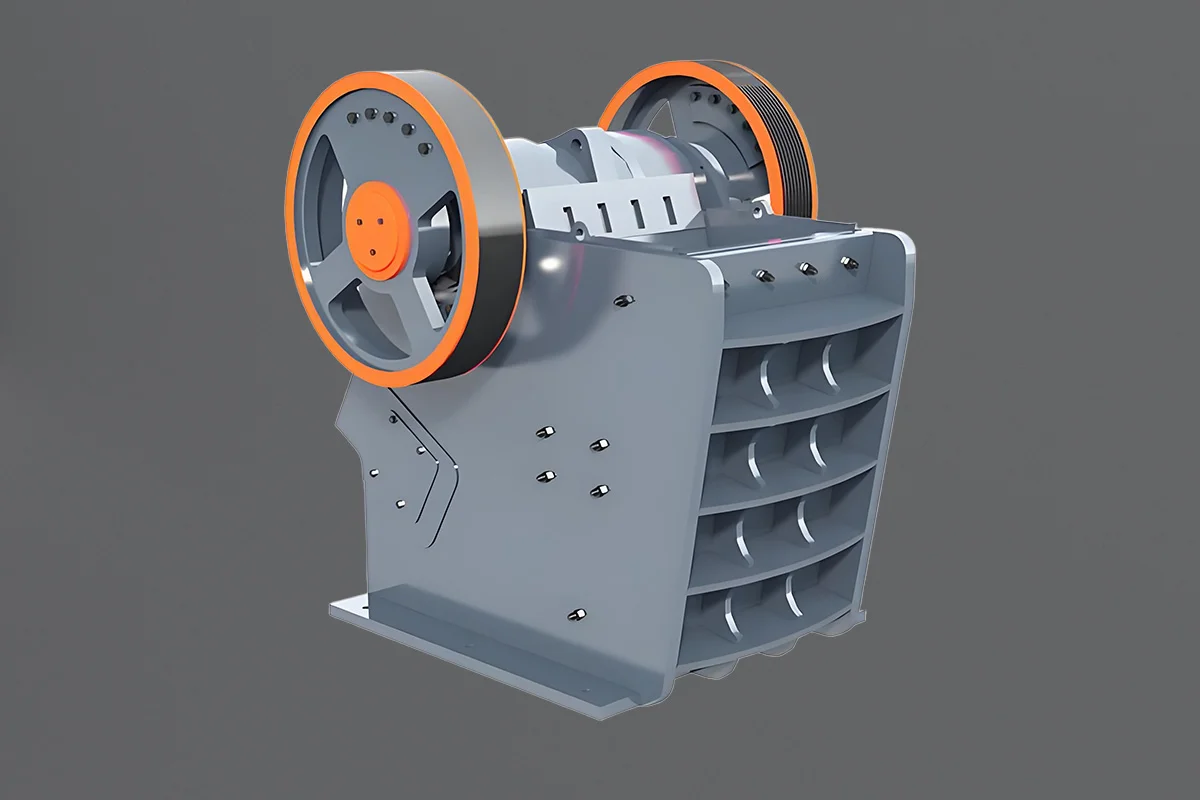Stone Crusher V-Belt Precautions
Stone Crusher V-Belt is a type of V-belt that is specifically designed for use in stone crusher machines. It is used to transmit power from the engine of the crusher to the pulley that drives the crushing machine. The V-belt is an important component in the stone crusher machine and plays a key role in the operation of the machine.
The Stone Crusher V-Belt is typically made of rubber or synthetic materials that are strong and durable. It is designed to withstand the heavy loads and constant wear and tear that are common in stone-crushing machines. The V-belt has a trapezoidal cross-section, which allows it to grip the pulley tightly and transmit power efficiently.
Crusher V-Belt is one of the main wear parts of a crusher. How to avoid abnormal damage to the V-belt and how to keep the V-belt running normally is related to the productivity and service life of the crusher.
Some of the do’s and don’ts in connection with proper V-belt drive operations are as follows:
- DO – Check belt tension frequently during the first few days of run-in operation. When the belts have had time to become seated in the sheave groove, re-tension the belts. New belts have a certain amount of initial stretch and will require additional tensioning.
- DON’T – Over-tighten belts as too much tension shortens both belt and bearing life. Maintain uniform tension. Idle belts should appear snug or tight; in motion, they have a slight sag on the slack side.
- DO – Keep drives well-ventilated as head build-up over 60°C (140°F) shortens the lifetime of the belts. The sides of the belt guard must be designed to allow for adequate circulation of air. Either a perforated plate or expanded metal is ideal for this type of operation.
- DON’T – Allow any oil or grease to come in contact with the belts as excessive oil causes the rubber to swell and the belts to fail prematurely.
- DO – Make V-belt drive general inspections on a periodic basis. There are some points that should be checked at each inspection: Loss of crusher speed – check tension; Unequal stretch – check for internal breaks; Excessive elongation – check for overload; Belt softening or swelling – check for oil or grease; Belt hardening and cracking – check for excessive heat.
Stone Crusher V-Belts come in a variety of sizes and designs to meet the specific requirements of different stone-crushing machines. The size of the V-belt is determined by the size of the pulleys on the engine and the crushing machine, as well as the amount of power that needs to be transmitted. A properly sized and installed V-belt is crucial for the smooth and efficient operation of the stone crusher machine.



